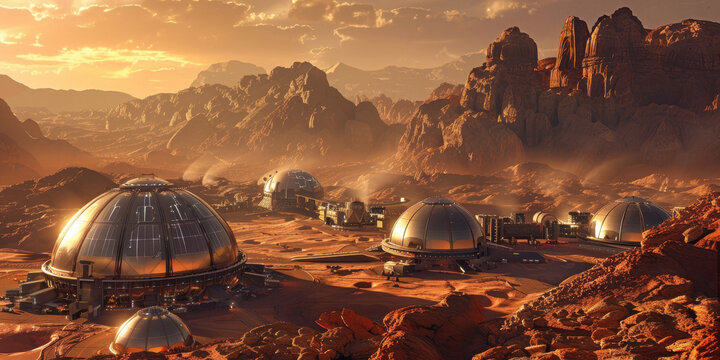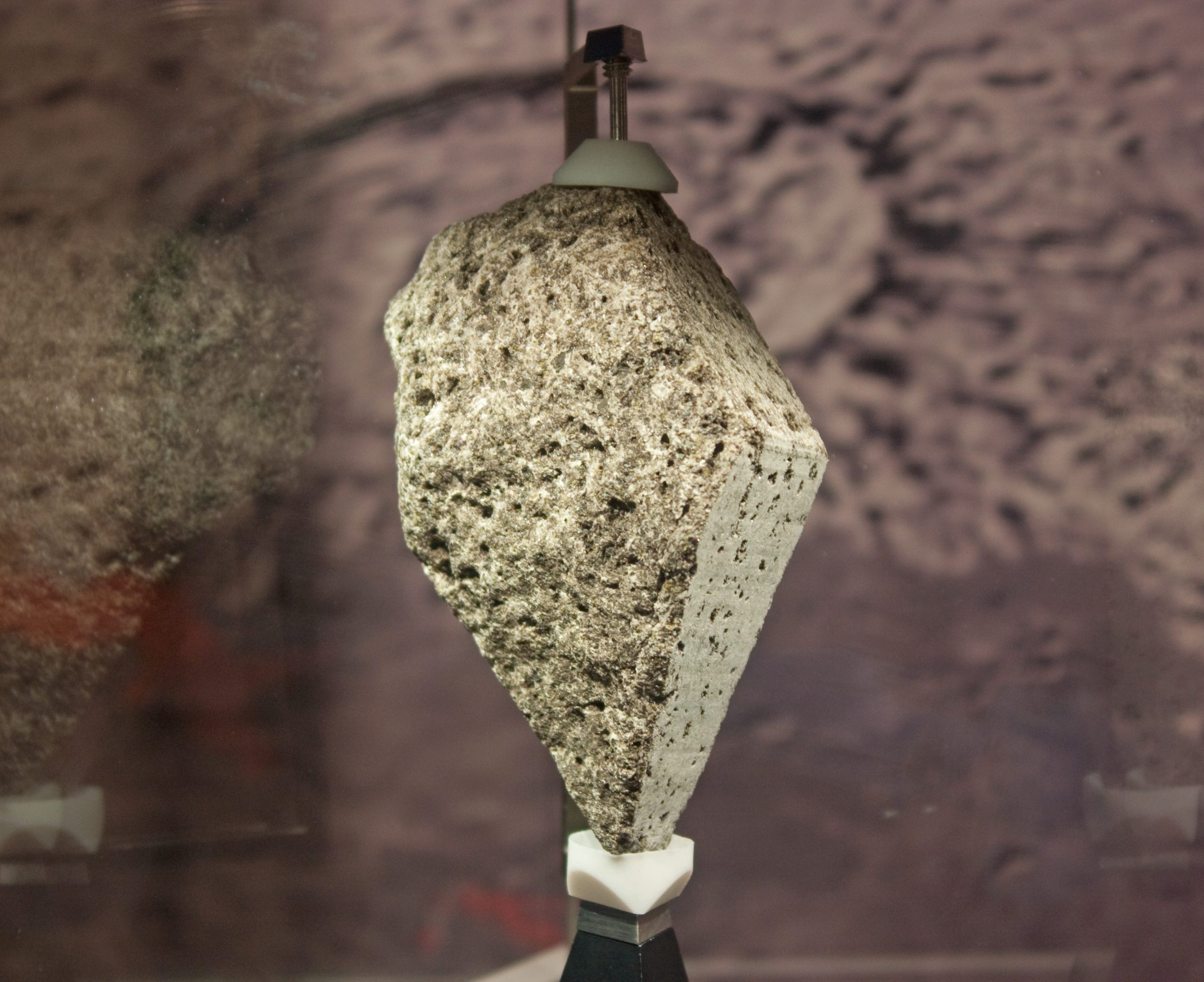For centuries, Mars has captivated our imaginations as a possible second home for humanity. From science fiction novels to real-world scientific studies, the idea of transforming the barren Red Planet into a livable world has fascinated researchers and dreamers alike. But is terraforming Mars truly feasible? And if so, how can geology play a role in reshaping its hostile environment? How NASA Uses Geology to Search for Life on Mars – GIS Valley
Why Terraform Mars?
Mars is the most Earth-like planet in our solar system, making it the prime candidate for terraforming. But despite its similarities to Earth, it remains an inhospitable world with a thin, unbreathable atmosphere, freezing temperatures, and an arid, dusty landscape.
Scientists believe terraforming could help:
- Create a breathable atmosphere by increasing oxygen levels.
- Melt frozen water at the poles and beneath the surface to create liquid water.
- Raise surface temperatures to sustain human life and agriculture.
- Protect against radiation by thickening the atmosphere and possibly developing a magnetic field.
The question is: Can geology help make this vision a reality?
Understanding the Geology of Mars
To terraform Mars, we must first understand its geology. The planet’s surface tells the story of a world shaped by volcanic activity, erosion, and ancient water flows. Here are key geological features that could play a role in terraforming efforts:
1. Volcanic Activity and Heat Generation
Mars hosts some of the largest volcanoes in the solar system, including Olympus Mons, the tallest volcano known. While these volcanoes are currently dormant, their geological history suggests that heat generation from volcanic activity once contributed to a warmer climate. If scientists could reactivate volcanic processes, they might help release trapped gases and thicken the atmosphere.
2. Frozen Water Reserves
Mars has large amounts of water locked in its polar ice caps and underground glaciers. Understanding the planet’s subsurface geology is critical for identifying these frozen reservoirs and determining how they could be melted to create liquid water.
3. Permafrost and Carbon Dioxide Reserves
Mars’ soil contains permafrost and frozen carbon dioxide. If released, these gases could contribute to a greenhouse effect, gradually warming the planet. Geologists are studying how to tap into these natural reserves to trigger climate change on Mars.
4. Impact Craters and Subsurface Geology
Craters expose Mars’ deep layers, giving insights into its geological history. Some craters may house subsurface lakes, which could provide essential water for future colonists.
Potential Geologic Methods for Terraforming Mars
Scientists and engineers have proposed several geologic and atmospheric engineering solutions to make Mars more habitable. Here are some of the most promising ideas:
1. Releasing Greenhouse Gases
One of the most widely discussed methods involves releasing greenhouse gases trapped in the Martian soil and ice. This could be achieved by:
- Detonating nuclear explosions beneath the ice caps to release CO₂.
- Deploying large mirrors to reflect sunlight and warm the surface.
- Injecting industrial gases to artificially increase atmospheric pressure.
2. Reviving Volcanic Activity
If we could find a way to reactivate Mars’ dormant volcanoes, they might release heat and gases into the atmosphere, similar to how Earth’s volcanic eruptions influence climate change.
3. Importing Asteroids and Comets
Another theory suggests redirecting asteroids or comets rich in water ice to collide with Mars. The impacts would release heat and moisture, helping to thicken the atmosphere and provide liquid water.
4. Creating a Magnetic Shield
Mars lacks a protective magnetic field, which makes its atmosphere vulnerable to solar winds. Some scientists propose placing a massive artificial magnetic shield between Mars and the Sun to reduce atmospheric loss and retain heat.
5. Using Microorganisms for Soil Conditioning
Introducing extremophilic bacteria that can survive in harsh environments could help produce oxygen and enrich Martian soil, making it suitable for plant growth.
Challenges of Terraforming Mars
Despite the exciting possibilities, terraforming Mars faces major challenges:
- Timeframe: Transforming an entire planet could take thousands, if not millions, of years.
- Resource Limitations: Mars lacks essential resources like nitrogen and an active hydrological cycle.
- Technological Barriers: We currently lack the technology to execute large-scale planetary engineering.
- Ethical Considerations: Should we alter another planet before fully understanding its natural state?
Scientists are working to address these challenges through advanced research and experimentation, but a fully terraformed Mars remains a distant goal.
The Future of Terraforming Mars

While large-scale terraforming may not happen in our lifetime, smaller steps toward making Mars more habitable are already underway. NASA, SpaceX, and other organizations are exploring technologies such as 3D-printed habitats, radiation shielding, and hydroponic farming to support long-term missions. NASA: New Study on Why Mars is Red Supports Potentially Habitable Past – NASA
In the coming decades, robotic explorers and human settlers may test some of these terraforming techniques on a small scale, paving the way for future generations to transform Mars into a livable world.
Conclusion: Can Geology Help Terraform Mars?
The answer is a cautious yes—geology plays a fundamental role in any efforts to terraform Mars. Understanding Mars’ volcanic history, frozen water reserves, and atmospheric composition provides the foundation for future planetary engineering.
However, transforming an entire planet remains an enormous challenge that requires groundbreaking scientific advancements. Whether through unlocking greenhouse gases, triggering volcanic activity, or developing artificial magnetic shields, geology will be at the heart of any successful attempt to reshape Mars into a second Earth.
For now, Mars remains a world of mystery and potential. As our knowledge of planetary science grows, so does the possibility that one day, humanity might turn the Red Planet into a blue-green world teeming with life.


